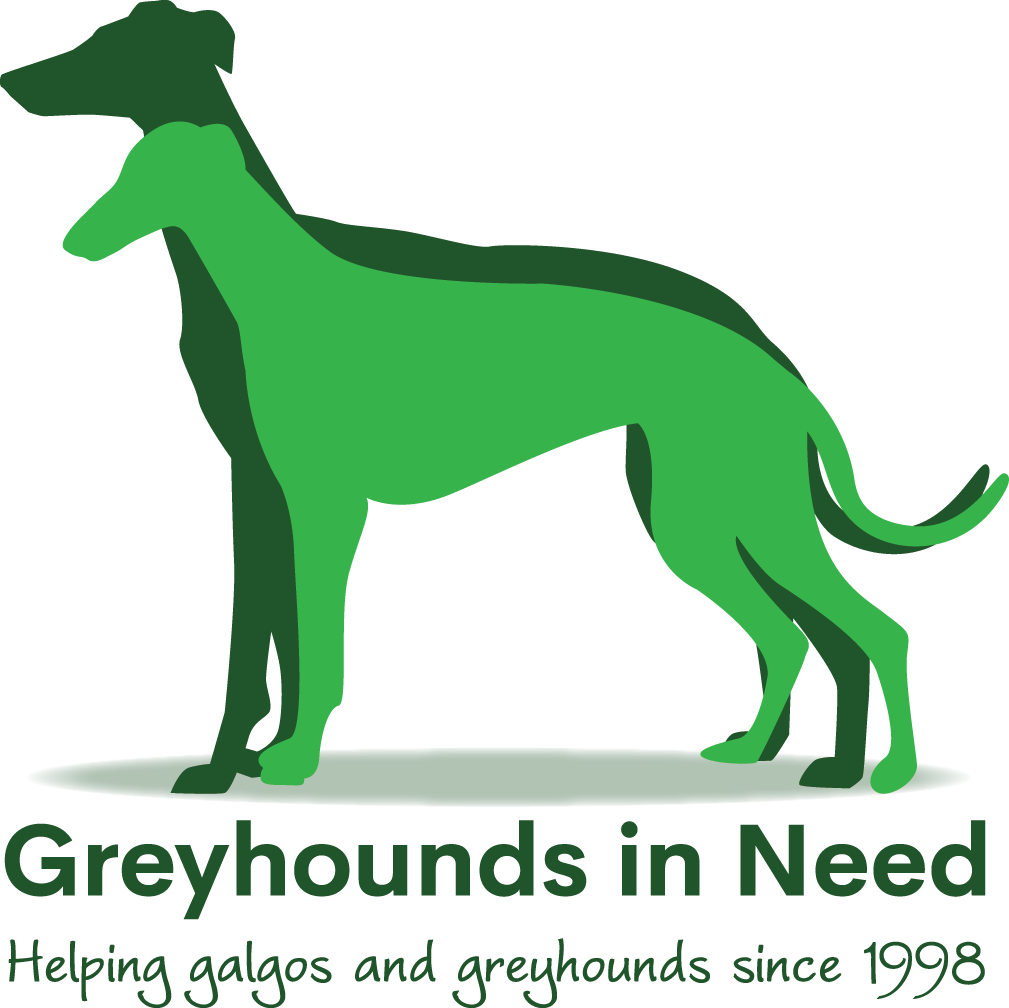‘Bloat’, also called ‘twisted stomach’, ‘twisted gut’ or ‘stomach torsion’, is officially called ‘gastric dilatation/volvulus'(GDV). It is a major emergency that could happen to your dog. It is one of your vet’s nightmares as well, as it is very difficult to treat successfully. In fact, only 60-70 percent of dogs that develop GDV will survive.
What is GDV exactly? It is a dilatation, which means the stomach has filled up to a larger than normal size, usually mainly with gas but also with food for instance. In a dilatation only, the stomach is still in the normal position. Sometimes there is also a twist (volvulus) in the position of the stomach. This causes major abdominal discomfort as well as a compromised blood supply to the organs involved… The decreased blood supply to the organs and the reduced return of blood from the abdomen to the heart will lead to shock. This is the main reason for dogs to die from GDV…
What symptoms will you see in your dog? Your dog will usually show abdominal distension (‘blown up’ appearance), mainly on the left side, as well as restlessness. The dog might lie in a ‘praying position’ with the front legs drawn forward. He or she will often try to vomit without actually bringing anything up. In more advanced cases the dog can collapse and be in major discomfort. The tongue and gums can be pale instead of pink and the heart may be racing. Are particular breeds of dog more often affected than others? Yes, this condition mostly affects larger breeds of dogs, and especially if they have a deep chest…
What causes GDV? …there are indications that certain factors increase the chance of developing GDV. One of those is eating a large meal and then exercising vigorously. This is one of the main reasons why I always advise people to feed their dog at least two meals a day…I also always advise people never to exercise their dog just after a meal. A good rule of thumb is to wait at least 45 minutes after a meal before you exercise your dog again. Certain types of food are also thought to influence the chance of getting GDV. Food that expands after ingestion, like some ‘meal’ type foods, could be a factor…Recently it has come to light that there are certain non-dietary factors which will increase the chance of getting GDV. These include…eating from a raised food bowl…
What do I do when I think my dog has GDV? You go to your vet, NOW!!! You have approximately 2 hours before your dog cannot be saved at all! Your vet will try to stabilise the dog, usually in the form of large amounts of intra-venous fluids (a drip), after which he/she will try to reduce the pressure in the stomach by passing a stomach tube through the mouth into the stomach…If the stomach is twisted it will have to be un-twisted to its normal position. This will require an operation…
How do I prevent this condition occurring in my dog? As stated earlier, the most important thing to do is to feed your dog several smaller meals per day and not to exercise your dog directly after a meal.
extract from a text by
Peter van Dongen, Drs. (Utrecht), Cert. V.R., M.R.C.V.S.
The Allington Veterinary Centre, Maidstone, Kent
